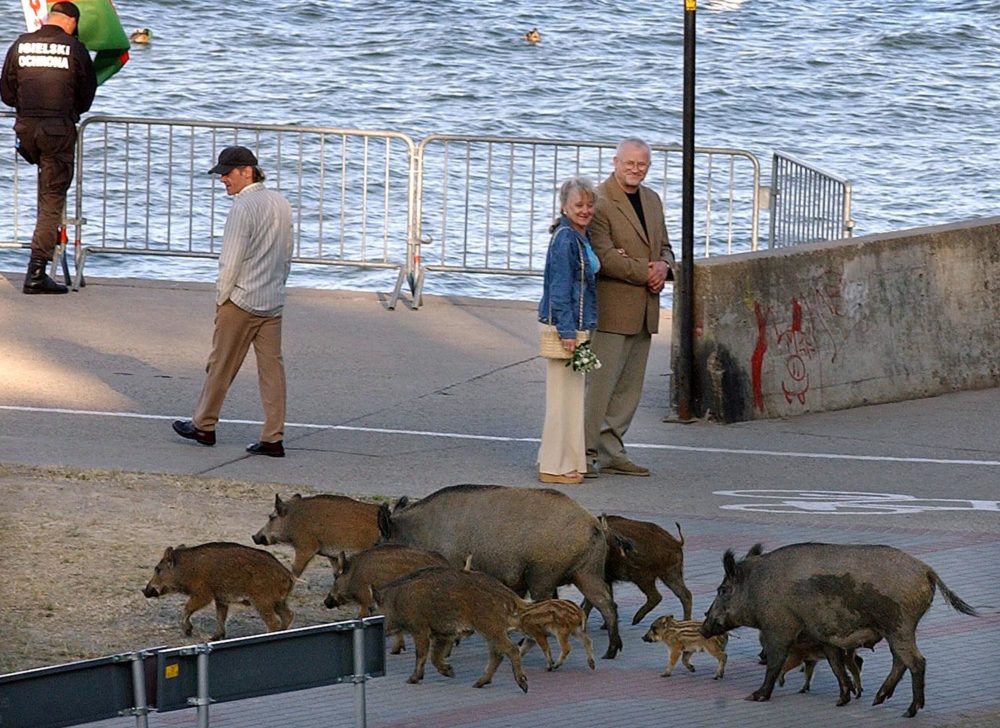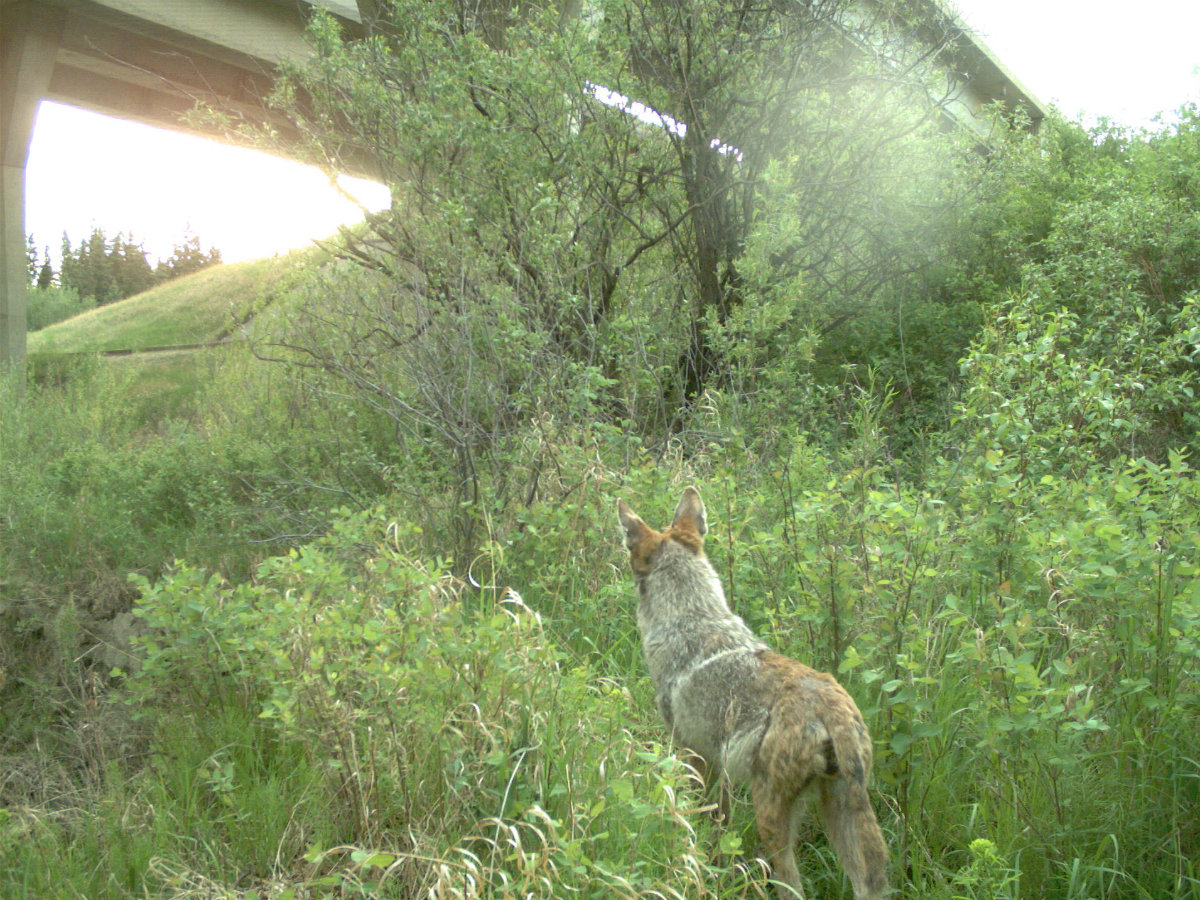Arguably the most successful of all urban-living animals, pigeons (Columba livia) have become synonymous with cities. In fact, most pigeons today live in cities rather than outside of them! Although they're often viewed as the quintessential example of a "bird brain", pigeons have shown remarkable intelligence in how they adapt to and interact with their urban environments and the people that inhabit them. For example, studies have found that pigeons are able to identify individual people based on their facial features, and will likely remember people who treat them well or poorly and change their behaviour towards them accordingly.
Identification
Pigeons are fairly conspicuous and well known animals, appearing in every continent of the world except for Antarctica. Interestingly though, they don't follow any hard-set rules on colouration, but rather exhibit a wide array of patterns and colours, as is shown in the image below.
Typically, most pigeons occupy the central area of the picture and show a mainly gray or bluish color. Their feathers are also iridescent, meaning they reflect light in a way that makes them look colorful, like a rainbow. A notable feature of pigeons is their calls, which sound like soft coos. The species is very social and if you see one, you'll likely see many more.
Benefits
Pigeons, being highly successful in their ability to live in urban environments, play an important role in urban ecosystems. They are omnivorous, meaning they eat plants and animals, though they tend to prefer grains and seeds. At times, they will also eat insects and earthworms though. Because there can be so many pigeons in any one city, they can form the basis of an entire foodweb, and serve as prey for larger urban animals such as birds of prey, cats, foxes, and coyotes. So, with this in mind, the pigeon could be seen as one of the greatest contributors to promoting urban wildlife!
Pigeons also serve a role in recreation. Think about it, how many times have you seen movies, TV shows, or even just pictures of someone sitting at a bench and throwing out bread or seeds for pigeons to eat? They, like all urban wildlife, bring an element of nature to an otherwise human-centric world, and provide an escape back to nature for many people within cities.
Image by Dan KitwoodDespite this, some cities have considered making it illegal to feed pigeons and imposing fines on anyone who does. Why would this be considered? Well...
Problems and Solutions
Pigeons have picked up the nickname of "winged rats", referring to the general distaste most people have acquired for them as well as the fact that they spread disease. They have been shown to carry Escherichia coli, more commonly known as E. coli, which is a harmful bacteria that can infect humans and has lead to many food recalls due to it contaminating our food items. Naturally, this can cause a concern for public health. To combat this, cities have moved to begin discouraging pigeons from roosting in them, or at least in areas with lots of people present. They accomplish this through a variety of means, most of which involve creating environments that are not favorable for pigeons, such as by blocking off entrances to areas pigeons like to roost in or even using bird spikes, which are rolls with spikes on them, on things like roofs and trees.
Image by Elyse WanshelSources
Belguermi, A., Bovet, D., Pascal, A., Prévot-Julliard, A., Saint Jalme, M., Rat-Fischer, L., & Leboucher, G., 2011. Pigeons discriminate between human feeders. Animal Cognition, 14, 909-914.
Silva, V., Nicoli, J., Nascimento, T., & Diniz, C., 2009. Diarrheagenic Escherichia coli strains recovered from urban pigeons (Columba livia) in Brazil and their antimicrobial susceptibility patterns. Current Microbiology, 59, 302-308.








